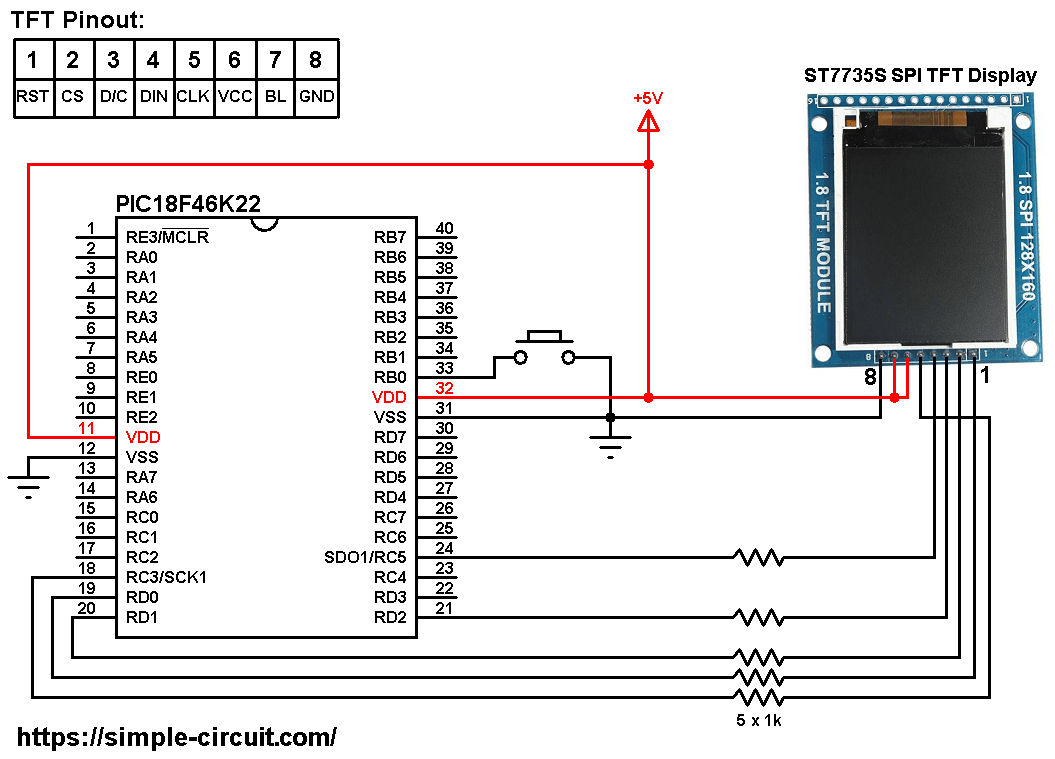For no particular reason, I purchased a small color display (this one **broken link removed**) for US$6.54. It came relatively quickly - ~two weeks.
I hooked it up to an Arduino ProMini 3V3 clone. The usual SPI connections (usual in the Arduino world). Here is a quick video of an example to get you to read further:
I first tried the ucglib, but that was problematic:

You can see what appears to be an obvious offset problem. In fact, I did some digging and found that to be the case (e.g., here and here). I tried this fork that was designed to address the problem, but it did not work for me. Eventually, I found this library which works quite well. I think some modification to ucglib can be made to correct the offset, but since I don't even know what I am going to use it for, I am not getting into that now.
Here are a couple pics from library examples:


All-in-all, this little screen appears to be pretty impressive (and very easy to use in the Arduino world)...all for less than $7.
I hooked it up to an Arduino ProMini 3V3 clone. The usual SPI connections (usual in the Arduino world). Here is a quick video of an example to get you to read further:
I first tried the ucglib, but that was problematic:
You can see what appears to be an obvious offset problem. In fact, I did some digging and found that to be the case (e.g., here and here). I tried this fork that was designed to address the problem, but it did not work for me. Eventually, I found this library which works quite well. I think some modification to ucglib can be made to correct the offset, but since I don't even know what I am going to use it for, I am not getting into that now.
Here are a couple pics from library examples:
All-in-all, this little screen appears to be pretty impressive (and very easy to use in the Arduino world)...all for less than $7.




